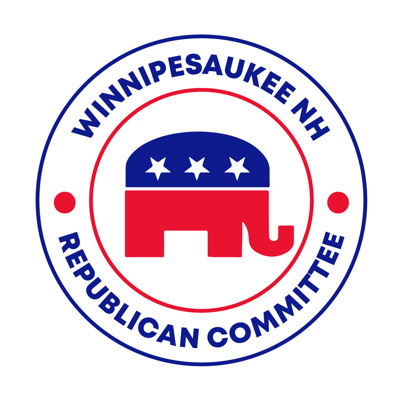We are at the dawn of what is being called the Fourth Industrial Revolution. Enabled by the spread of super fast broadband to every doorway and the deployment of extremely low latency 5G mobile data communications, it will bring an unprecedented bridging of gaps between the human, physical and digital realms. The result will be massive changes in the way people live, work and interact with each other and their environments, on scale with the changes brought by the electrification of rural America, and those that we’ve seen since the birth of the digital age in 1969. And it’s coming quickly — in a matter of years.
What can we expect to see? The ability to interact with others and control things and devices in real time from many miles away on an enormous scale. People will be able to work, study, and communicate from anywhere, almost as if they were face to face, Smart homes and smart appliances will become common place, bringing huge potential energy savings. Self-driving vehicles will help make accidents and DWIs a thing of the past. There will be virtual reality applications that will make today’s glitchy video conferencing seem primitive. There is talk of remote surgery performed by robotic arms controlled by a skilled surgeon that could be anywhere, vastly shortening the time between accident and lifesaving treatment for people in rural areas. The potential is boundless.
For people living in areas such as Carroll County, the advances in remote virtual applications will open up new economic opportunity. We’ll gain access to more of the benefits of living in urban areas, without all of the headaches. More and more, with the improved ability to do almost anything from anywhere, people will realize they can leave the cities and move back to rural places, without making sacrifices in work, education, healthcare and culture.
But this vision depends on having robust broadband and 5G mobile data, and as this year’s pandemic and shutdowns have shown, Carroll County isn’t there yet. People’s experiences with school at home, work at home, remote healthcare, glitchy video conferencing, have highlighted our pressing need. Going into the future, if Carroll County does not get better broadband service, we risk becoming a backwater, or even a living history museum.
The good news is that there is huge interest in fixing this problem. Many local candidates this year are touting that they are going to bring better broadband. That’s exciting and promising, even if few of them, with the notable exception of Jeb Bradley, have any concrete proposals. The point is there is bipartisan support to do something, so there is hope.
What can be done? For starters, the Carroll County Broadband Committee has been working on this and is making progress. I serve as Carroll County’s representative and Vice Chair on CCB. Recently, CCB completed a feasibility study funded by a Federal grant, showing that people want and need faster broadband communications. CCB has had discussions with broadband providers who are interested in building and improving service in Carroll County, and has been working to identify and resolve obstacles to deployment.
One such obstacle is the high cost of getting pole access. CCB supports two bills that Jeb Bradley is sponsoring this term to make it easier to gain pole access. This follows on the heels of another bill passed earlier this year, also sponsored by Bradley, that enacted RSA 53-G for the creation of Communications Districts to advance broadband communications. CCB is working with its member towns to put the issue of forming a communications district to voters at Town Meetings.
An important consideration is how to define “broadband.” The current definition adopted by the Federal Communications Commission is based on a minimum speed of 25/3 mbps (or 25 mbps download and 3 mbps upload speeds). While this works fine for downloading family or other entertainment, an upload speed of 3 mbps is proving too slow for many interactive applications facilitating school or work at home, particularly when there are multiple users in a household trying to do things at the same time. Far faster speeds are available in urban areas, and that’s what people are coming to expect and need. I recently prepared comments to the FCC on behalf of CCB encouraging the FCC to update its broadband definition to better reflect rapid advancements and today’s reality, proposing symmetrical speeds of 100/100 mbps, or better, 1000/1000. We don’t need a new system that is already outdated before it’s constructed.
There is also the issue of how to pay for it. This will likely have to be done through a combination of private equity, grant funding (Federal and State) and possibly government bonds (preferably limited to revenue bonds). Currently there are a number of federal grant and loan programs that provide funding for rural broadband projects. The FCC is conducting the Rural Digital Opportunity Fund Phase I auction that will make $16 billion available to rural areas for broadband services. Importantly, there is heightened interest in rural broadband projects from private investors, stemming from the increased awareness of the deficiencies brought by this year’s experiences during the pandemic, along with the movement of people from the cities to rural areas spurred by stay at home orders.
The good news is that there is a lot of opportunity here to get things done along with tremendous bipartisan interest in doing it. With proper legislative fixes and creative informed leadership we can bridge the digital divide and get state of the art broadband access throughout Carroll County. As a county commissioner, I will continue my work with CCB and will work closely with the County Delegation and Senator Bradley to help make that happen.
Matthew Plache is a telecommunications attorney, Vice Chair of the Carroll County Broadband Committee, and a candidate for Carroll County Commissioner from District 3.
